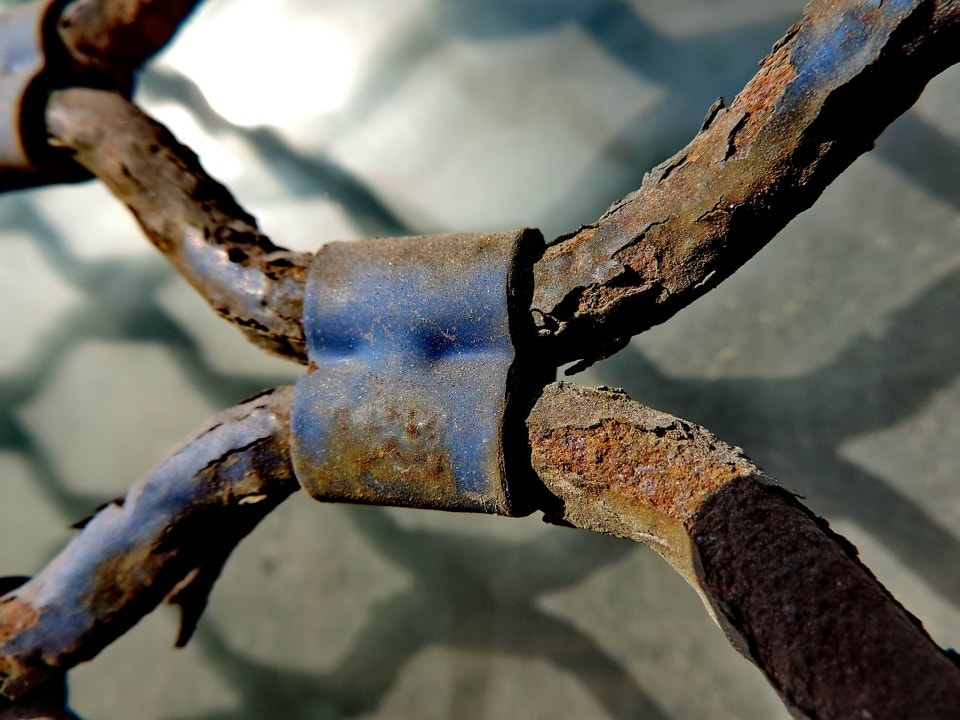How Bonded Logistics Centers (PLB) Can Save Indonesia’s Steel Industry from Import Pressure
Indonesia’s Steel Industry at a Critical Point
Indonesia’s iron and steel industry is standing at a crossroads. Over the past four years, several domestic steel plants have been forced to reduce capacity, or even shut down completely.
PT Ispat Indo, one of the largest wire rod producers in Gresik, halted production due to a flood of cheap imported steel. PT Krakatau Steel also temporarily shut down its blast furnace due to high energy costs.
Meanwhile, several factories in Surabaya and Bekasi face similar threats as the domestic market is flooded with imported construction steel and building components priced far below local production costs.
This problem goes beyond pricing. Imported steel from China, Japan, and Vietnam now accounts for nearly 45% of national demand. Many of these imports enter Indonesia with low specifications or through semi-finished product loopholes that escape SNI oversight.
As a result, Indonesia’s steel industry is squeezed from both sides — uncompetitive selling prices and rising production costs.
Root Causes: Cost, Regulation, and Inefficient Flow
Three main roots make local steel uncompetitive:
-
Import price gap – Foreign producers enjoy massive economies of scale, energy subsidies, and supply chain efficiency that local factories cannot yet match.
-
High logistics and financial costs – National logistics costs account for about 14% of GDP, much higher than Malaysia or Thailand. Moreover, steel producers must pay import duties and VAT as soon as materials arrive, even before they are used.
-
Uncertain raw material supply – Frequent changes in import rules (such as Permendag 36/2023) often delay the entry of scrap, DRI, or electrodes. Production gets disrupted, draining working capital.
In short, the issue isn’t just “cheap foreign prices” — it’s a domestic supply chain system that remains inefficient and burdens cash flow.
PLB: The Overlooked Structural Solution
Amid these pressures, Indonesia actually has a powerful but often overlooked instrument — the Bonded Logistics Center (PLB).
A PLB is a logistics facility under Customs supervision that allows companies to delay import duty and VAT payments, store imported goods longer, and perform non-manufacturing processes such as packing, sorting, or inspection before use.
For the steel industry, PLB is not just a warehouse — it’s a strategic tool to save costs, maintain supply continuity, and strengthen competitiveness against cheap imports.
Four Ways PLB Helps Steel Producers
1. Reducing Working Capital Pressure
With PLB, companies don’t need to pay import duties and VAT immediately upon arrival. Payment is only made when goods exit the PLB for production or project use.
This means funds that would normally be “locked” in taxes remain available for operations or purchasing additional materials.
For large importers, this mechanism can save 2–3% in financial costs per year.
2. Ensuring Raw Material Availability
PLB serves as a buffer zone for storing raw materials such as scrap, billet, DRI, ferro-alloys, or electrodes while awaiting permit completion.
Goods can be moved directly into PLB upon arrival — avoiding port congestion and demurrage costs.
However, materials in PLB remain under Customs control and can only be released once import permits are valid and duties are paid.
This mechanism ensures secure inventory, so once permits are issued, materials can go straight to production without waiting for the next shipment.
By doing so, PLB helps manufacturers avoid production stoppages and raw material price fluctuations, all while staying compliant with regulations.
3. Enhancing Compliance and Quality
PLB can act as a quality inspection gate. All imported steel — whether raw or semi-finished — can be checked for certification and SNI conformity before release to the domestic market.
This approach strengthens quality oversight without disrupting legal trade, preventing the inflow of substandard steel.
4. Accelerating Export and Distribution
For steel producers exporting rebar, wire rods, or plates, PLB enables consolidation and re-export without repeating Customs procedures.
This means faster delivery times, lower port storage costs, and better reliability for overseas customers.
Real Case: Steel PLB Efficiency
A steel plant in Cilegon, for example, uses PLB facilities to store imported electrodes and scrap.
Before using PLB, the customs process took seven days, and VAT had to be paid upfront.
After adopting PLB, the process dropped to one day, and cash flow improved because tax payments were only made upon material release.
The result: lower logistics costs, reduced waiting time, and higher productivity.
PLB as Part of a National Strategy
If systematically utilized, PLB can become a core part of Indonesia’s steel industrialization strategy.
The government could promote steel PLB clusters in major industrial zones such as Cilegon, Gresik, and Batang, functioning as raw material hubs, export consolidation centers, and quality inspection gates.
In addition, steel companies can partner with licensed PLB operators like Transcon Indonesia to develop shared service centers for slitting, cutting, or light coating — without being classified as new manufacturing entities.
Conclusion: The Silent Weapon Ready to Deploy
Anti-dumping and safeguard measures are important, but not enough.
The challenge for Indonesia’s steel industry isn’t just fighting cheap imports — it’s managing costs, timing, and material flow efficiently.
Here lies the true power of PLB — a silent weapon ready to be used, not as a substitute for trade policy, but as a foundation for efficiency and liquidity.
By leveraging PLB to its fullest, steel producers can:
-
Save working capital and improve cash flow,
-
Secure stable raw material supplies,
-
Accelerate exports, and
-
Strengthen competitiveness against imported steel.
PLB alone cannot stop dumping, but it can provide the breathing room, speed, and resilience Indonesia’s steel industry needs — to survive, and ultimately, to win.
